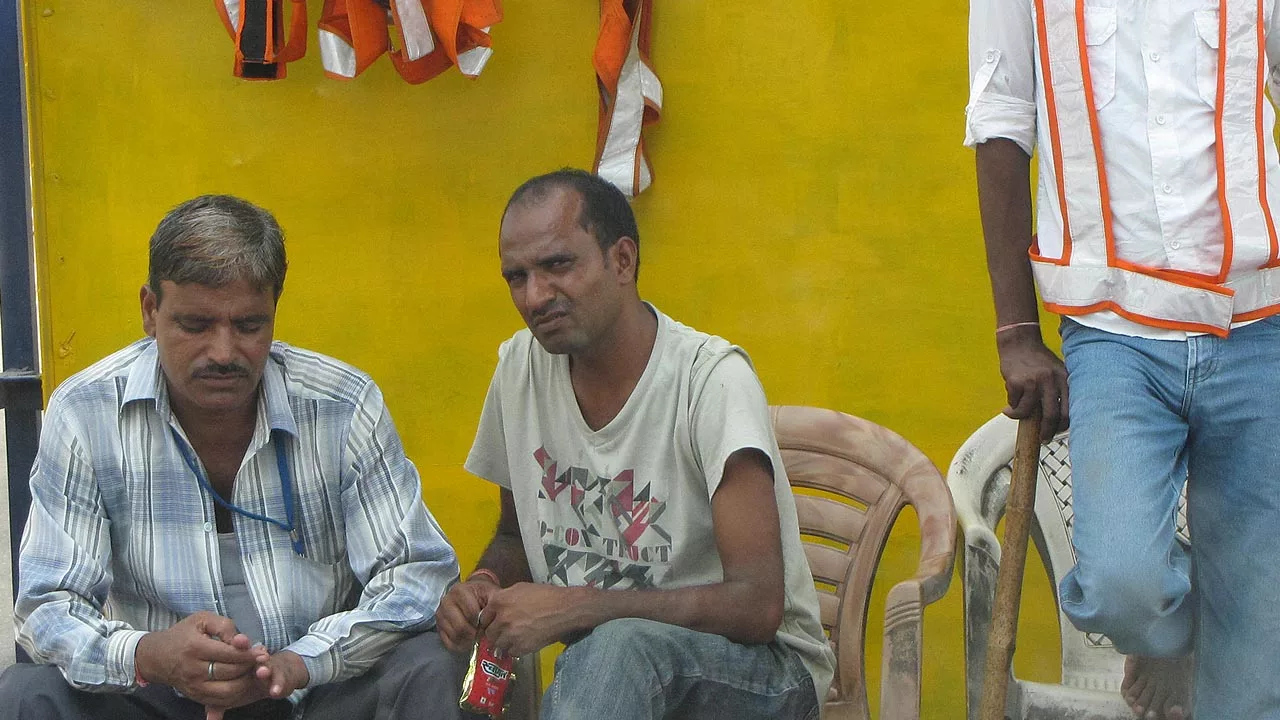Strength in Unity: Empowering Urban Survival
Knowledge Base
Module 9: Community Engagement and Networking
In this Module, we will explore the importance of community engagement and networking in urban survival. Building connections with neighbors and local communities can provide valuable support and enhance safety measures. We will also discuss how to utilize community resources effectively and create a neighborhood watch system to promote a safer environment. Throughout this module, we will refer to specific incidents that have occurred in India to highlight the significance of community engagement in urban survival.

Forming Connections with Neighbors & Local Communities: Empowering Urban Survival
- Recognizing the benefits of knowing your neighbors and building relationships
- Initiating conversations and fostering a sense of community
- Organizing neighborhood gatherings and events to encourage interaction
Reference Example: During the floods in Chennai in 2015, many neighborhoods came together to help each other. Residents organized community kitchens, set up temporary shelters, and provided assistance to those in need. The strong bond among neighbors played a crucial role in supporting the affected individuals and contributed to their survival.

Utilizing Community Resources for Safety and Support
- Identifying local organizations and services that can assist with emergencies
- Collaborating with community centers, religious institutions, and NGOs
- Sharing information and resources within the community network
Reference Example: In Mumbai, various local organizations and NGOs conduct workshops and training programs on disaster management. These initiatives help educate residents about emergency preparedness, evacuation procedures, and first aid techniques. By utilizing such community resources, individuals can enhance their survival skills and contribute to the overall safety of the neighborhood.

Creating a Neighborhood Watch System: Empowering Urban Survival
- Understanding the concept and benefits of a neighborhood watch system
- Establishing communication channels and forming a watch committee
- Conducting regular meetings, patrols, and reporting suspicious activities
Reference Example: The Whitefield neighborhood in Bengaluru implemented a successful neighborhood watch system to address rising incidents of theft and burglary. By coordinating with local law enforcement and actively engaging residents, the community reduced crime rates and improved overall safety. The neighborhood watch system serves as a deterrent and fosters a sense of security among residents.
Case Studies: Successful Community Engagement in India
- Examining real-life incidents where community engagement played a pivotal role
- Analyzing the strategies implemented and the outcomes achieved
- Extracting Lessons and best practices for community engagement
Reference Example 1: In the aftermath of the Mumbai terrorist attacks in 2008, residents of Cuffe Parade formed a Citizens’ Forum to enhance security measures. Through increased vigilance, community awareness campaigns, and collaboration with local authorities, the forum contributed to creating a safer environment in the neighborhood.

Reference Example 2: In Kolkata, the “Safe Drive, Save Life” campaign was launched by the Kolkata Police to address road safety issues. By involving residents, educational institutions, and local businesses, the campaign successfully raised awareness about traffic rules, reduced accidents, and promoted a culture of responsible driving.
Note: While these examples highlight successful community engagement in India, it is important to adapt strategies to the specific context and needs of your community.
By actively engaging with your neighbors and local communities, utilizing available resources, and establishing a neighborhood watch system, you can significantly enhance safety and contribute to urban survival. Remember, collective efforts lead to stronger and more resilient communities which empower urban survival.
Continue to Module 10: Practical Exercises and Simulations
